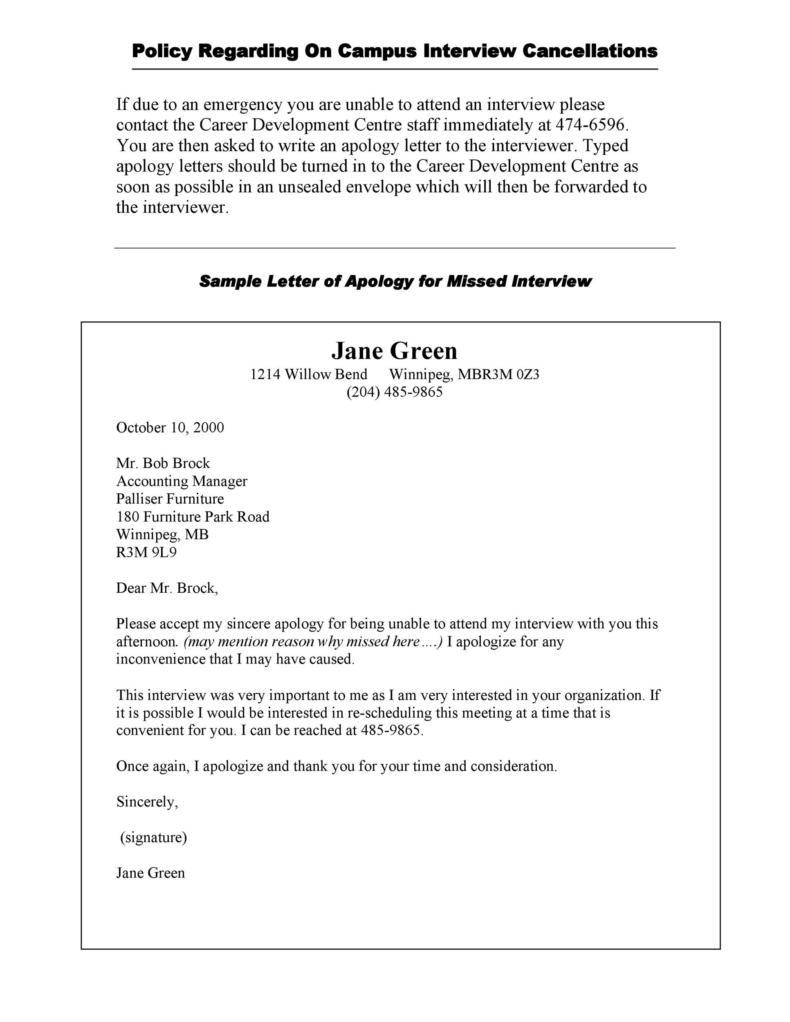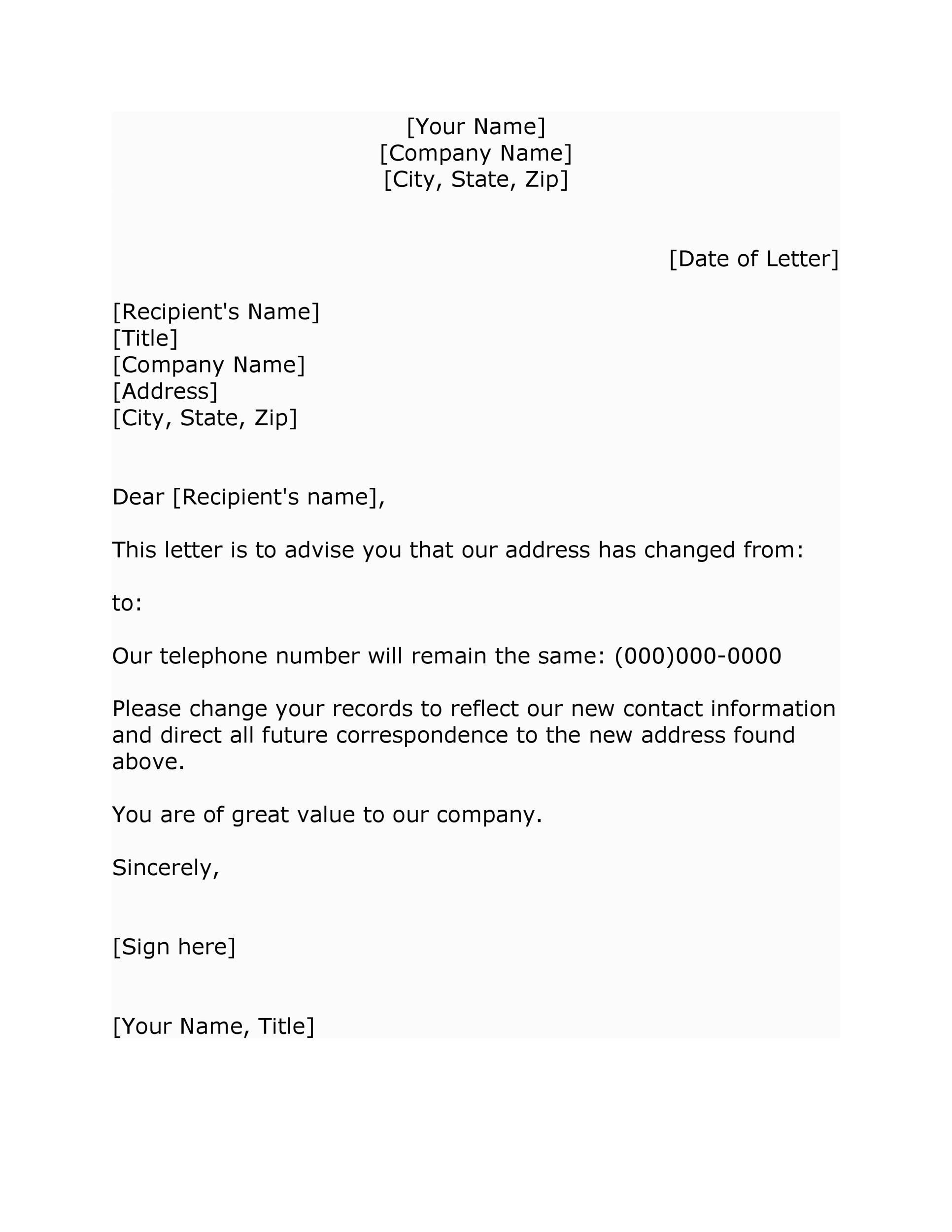37 professional relieving letters free templates templatelab
Table of Contents
Table of Contents
If you’ve ever left a job, you know how important a relieving letter can be. It’s a formal document that acknowledges your service at a company and clears you of any obligations you might have to that employer. But if you’re looking for a relieving letter format sample, you might be feeling a little lost. Here’s what you need to know.
Key Points to Keep in Mind When Creating a Relieving Letter
When it comes to relieving letter format sample, there are a few key points you should keep in mind. First, it’s important to make sure your letter is professional and free of errors. You don’t want to leave a bad impression on your former employer or potential future employers by submitting a sloppy or poorly written letter.
Another pain point related to relieving letter format sample is ensuring that your letter includes all the necessary details. This can include your position at the company, the dates you worked there, and any key accomplishments or contributions you made during your time there. Your letter may also need to include information about your salary, termination date, and any benefits or payments you’re owed.
The Purpose of Relieving Letter Format Sample
The primary purpose of a relieving letter is to formally acknowledge your resignation or termination from a company. It also serves as confirmation that you have fulfilled any obligations you might have had to the company, such as completing a notice period or returning any company property. A relieving letter can be an essential document when you’re looking for a new job, as it can help show potential employers that you left your previous position on good terms.
Creating a Relieving Letter Format Sample
When creating a relieving letter format sample, there are a few key elements you should include. First, you’ll want to start with a brief introduction that confirms your resignation or termination and thanks the company for the opportunity to work there. You may also want to include a sentence or two about what you enjoyed most about your time at the company.
The main body of your letter should include any important details, such as your position and dates of employment. You should also confirm that you have fulfilled any obligations you might have had to the company, and note any outstanding benefits or payments you’re owed. Finally, you’ll want to close with a polite salutation thanking the company again for the opportunity to work there and expressing your best wishes for its future.
The Dos of Relieving Letter Format Sample
When creating a relieving letter format sample, there are a few key “dos” to keep in mind. First, make sure your letter is professional in tone and free of errors. Always address your letter to the appropriate person or department, and double-check that you have included all the necessary details.
It’s also important to be polite and courteous in your language. Even if you’re leaving because of a difficult situation, it’s important to maintain a professional tone and avoid any negative comments or criticism of the company.
The Don’ts of Relieving Letter Format Sample
When creating a relieving letter format sample, there are also a few key “don’ts” you should avoid. First and foremost, avoid any language that might be seen as inflammatory or threatening. This can include comments about legal action or negative reviews on social media. Even if you’re leaving because of a difficult situation, it’s important to remain calm and professional.
You should also avoid any language that might be seen as disrespectful or dismissive of your former employer. Even if you had issues with the company or your manager, it’s important to maintain a level of respect in your letter.
Common Questions About Relieving Letter Format Sample
1. What should I include in my relieving letter?
Your relieving letter should include your position and dates of employment, a confirmation that you have fulfilled any obligations you might have had to the company, and a polite closing thanking the company for the opportunity to work there.
2. How do I address my relieving letter?
You should address your relieving letter to the appropriate person or department at the company. This might be your manager, HR department, or a specific contact person listed in your employment contract.
3. Do I need a relieving letter to get a new job?
While a relieving letter isn’t always required, it can be a helpful document to have when you’re looking for a new job. It can help show potential employers that you left your previous position on good terms and fulfilled any obligations you might have had to the company.
4. How should I format my relieving letter?
Your relieving letter should be professionally formatted, with a brief introduction, main body, and polite closing. You may want to use a template or sample letter as a guide to ensure you include all the necessary details.
Conclusion of Relieving Letter Format Sample
When it comes to relieving letter format sample, it’s important to create a professional and error-free letter that includes all the necessary details. Make sure to be polite and courteous in your language, and avoid any comments or language that might be seen as negative or inflammatory. With the right approach, your relieving letter can be a helpful document when you’re looking for a new job.
Gallery
37 Professional Relieving Letters (Free Templates) ᐅ TemplateLab
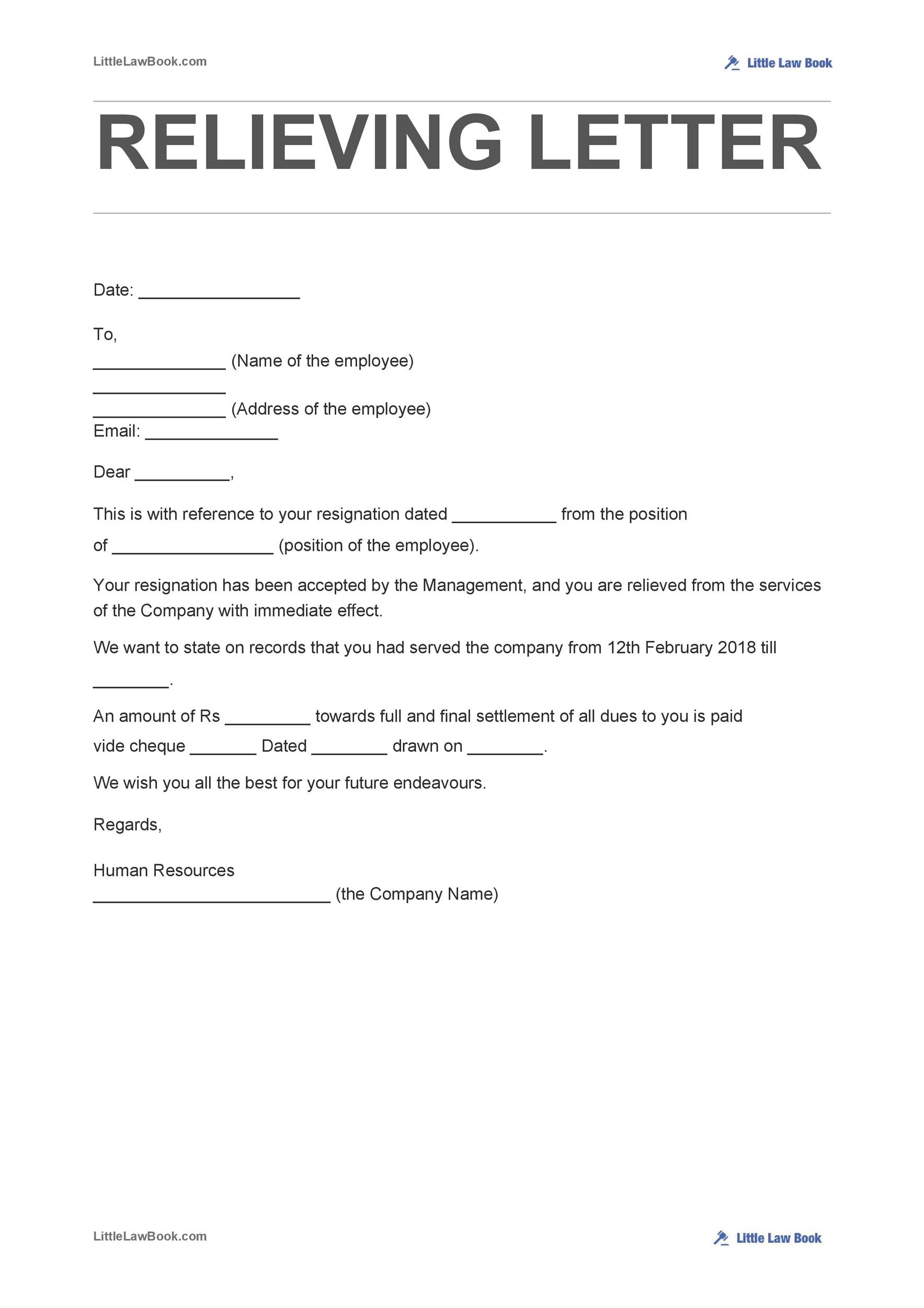
Photo Credit by: bing.com /
37 Professional Relieving Letters (Free Templates) ᐅ TemplateLab
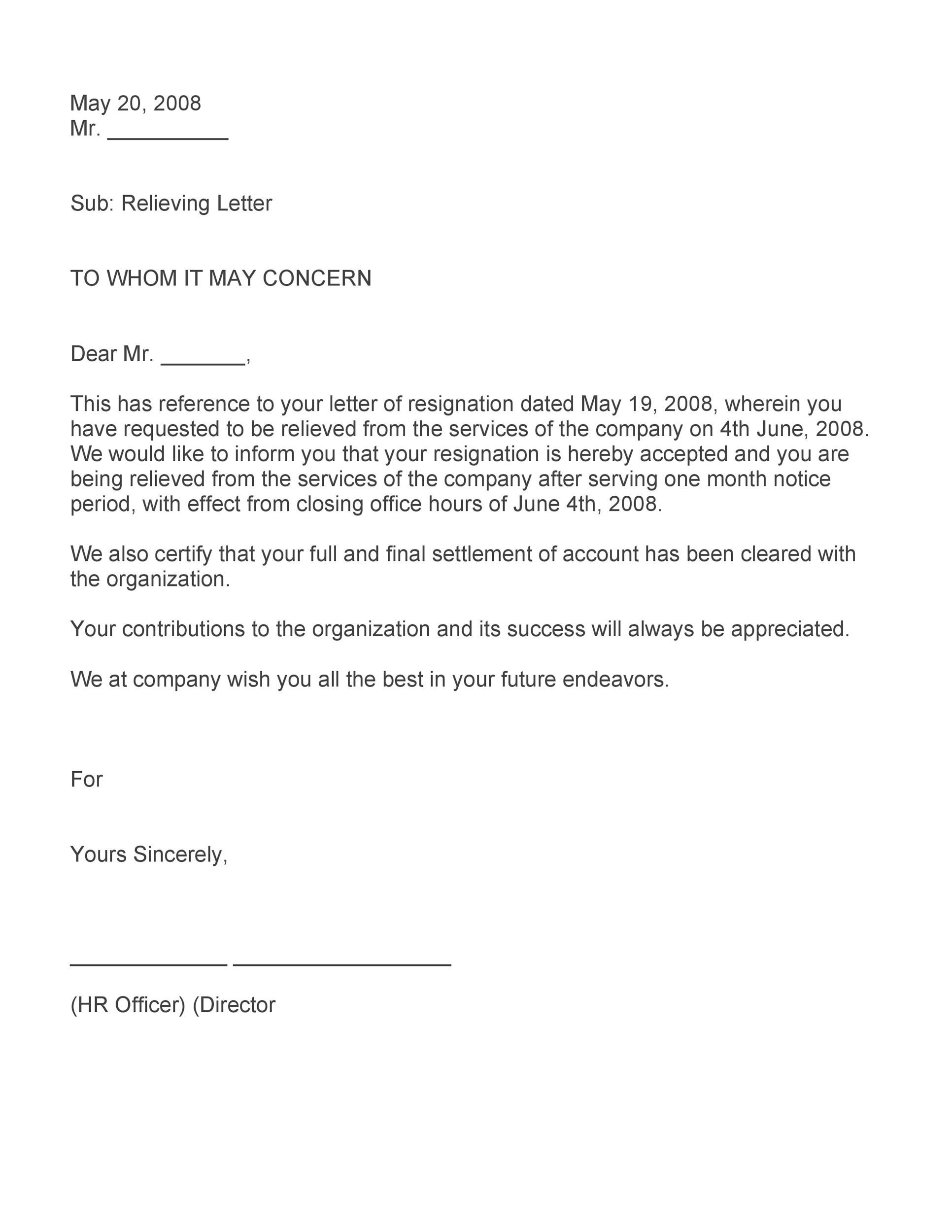
Photo Credit by: bing.com / relieving letter letters templates templatelab professional kb
37 Professional Relieving Letters (Free Templates) ᐅ TemplateLab
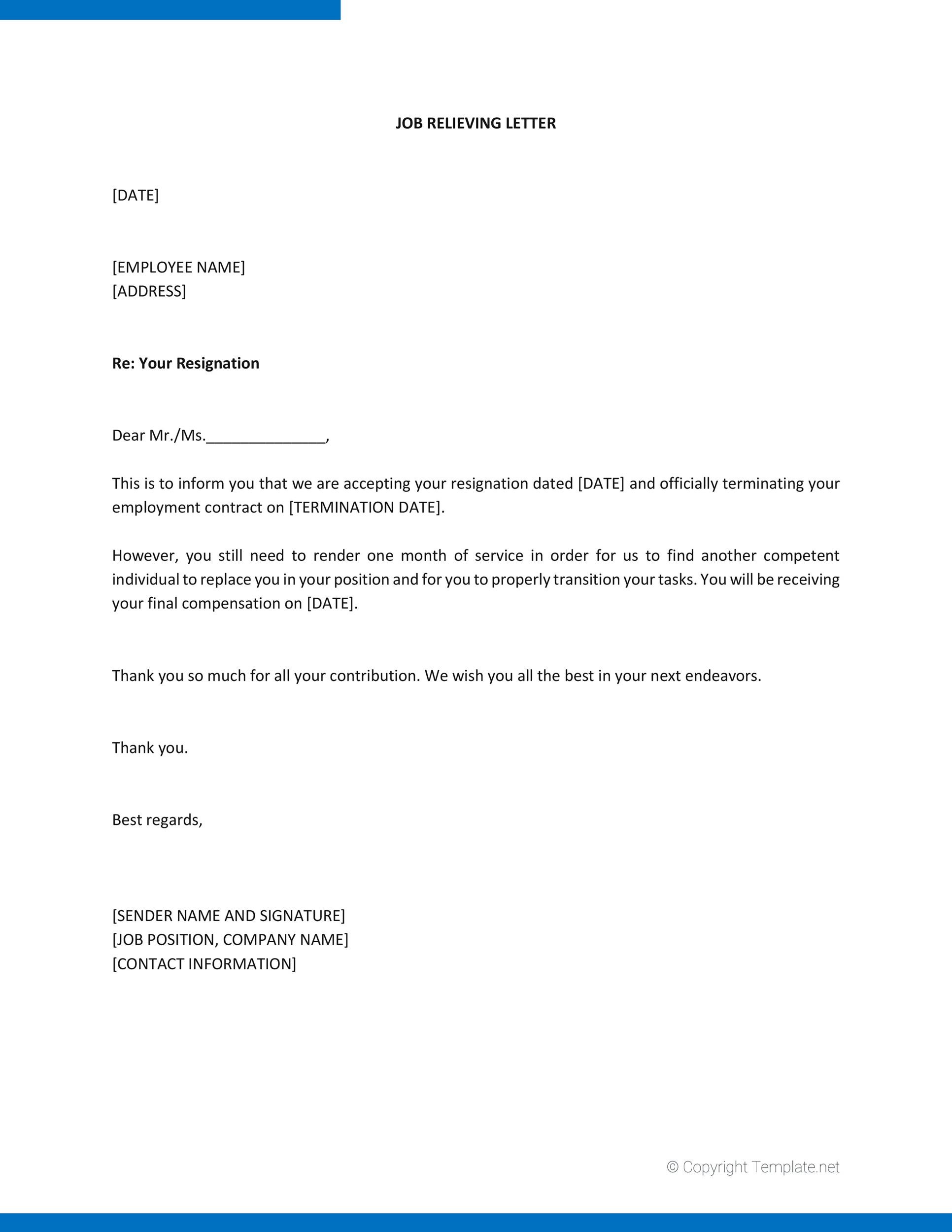
Photo Credit by: bing.com /
37 Professional Relieving Letters (Free Templates) ᐅ TemplateLab
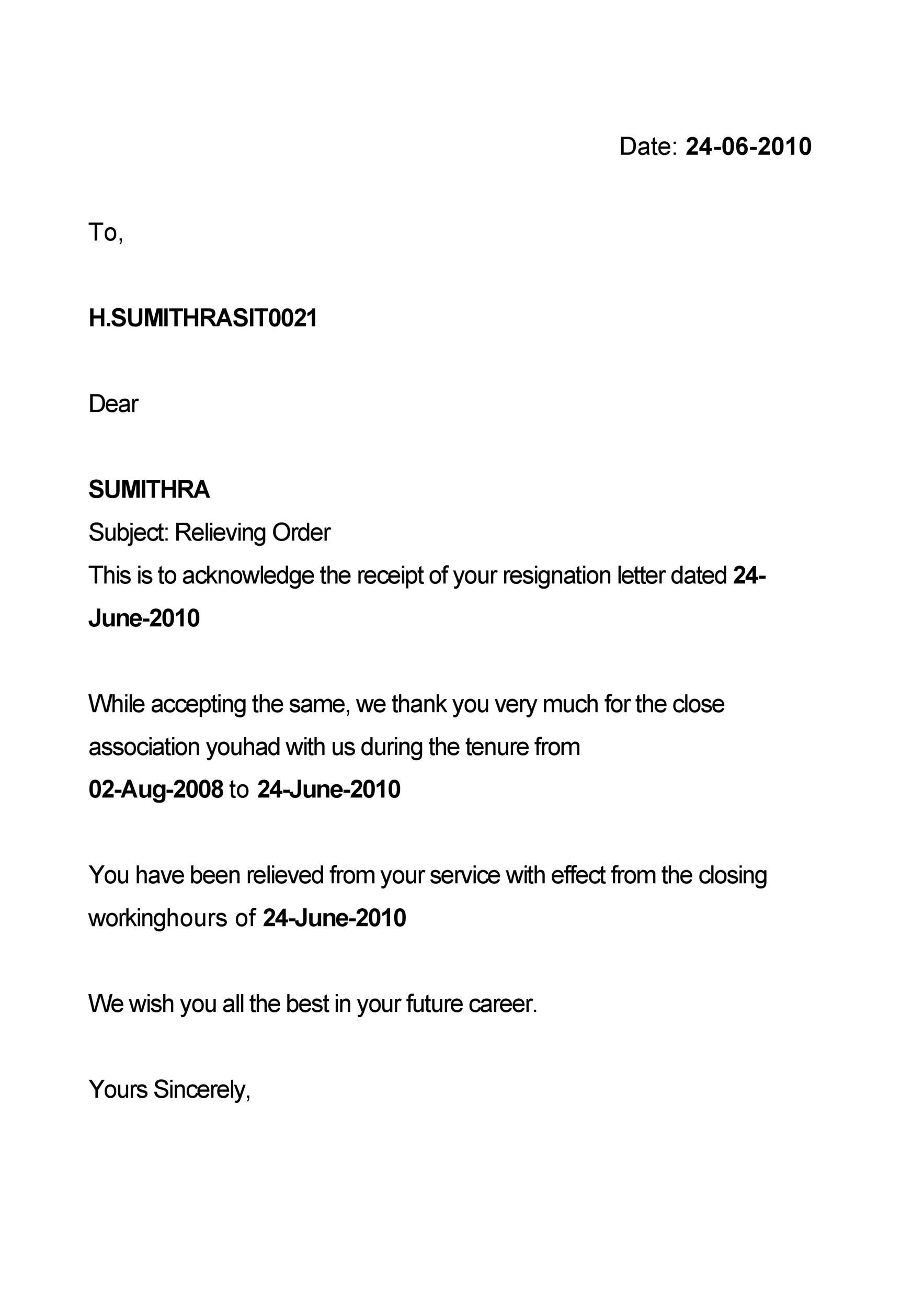
Photo Credit by: bing.com /
37 Professional Relieving Letters (Free Templates) ᐅ TemplateLab

Photo Credit by: bing.com /


